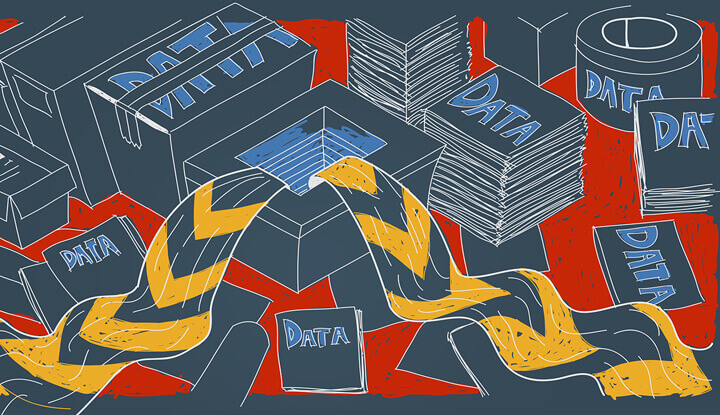
In an ideal world, data specialists would agree on a single version of the truth but that is easier said than done
Getting data into an organised, clean, coherent and usable state is tricky, but it is something that data professionals are constantly striving for.
Speaking on a keynote panel at EyeforTravel’s recent Amsterdam show, Andrei Grintchenko, head of business intelligence at IATA, an association which supports global aviation standards, said: “Fragmented data, from multiple sources or the same data from multiple sources is your worst nightmare.”
According to Grintchenko, having one single version of truth (SVOT) is of paramount importance in any data based discussion, or it makes no sense. While agreeing on what this SVOT should be is difficult, at the very least, companies moving to being data and analytics driven needed to have a conversation about it.
According to Wikipedia, the single version of the truth (SVOT), “is a concept that describes the data warehousing ideal of having either a single centralised database, or at least a distributed synchronised database, which stores all of an organisation’s data in a consistent and non-redundant form. The related concept of single source of truth (SSOT), refers to a data storage principle to always source a particular piece of information from one place.”
Finding your place on the continuum
In what proved to be an interactive panel session, Mark Shilton, Skyscanner’s principal data scientist,who was in the audience, said agreeing on a single version of truth is, of course, the ideal but he’d never seen that happen in any organisation. Firms are always somewhere on “a continuum between finding a single version of truth and total chaos”.
Every company is different, however, so it is important to assess one’s own place in that journey. Grintchenko said it was important to have the right organisational structure, and people equipped with the right tools and mindset. Without this, he said, data-driven decisions could be silly, irrational, and even dangerous.



